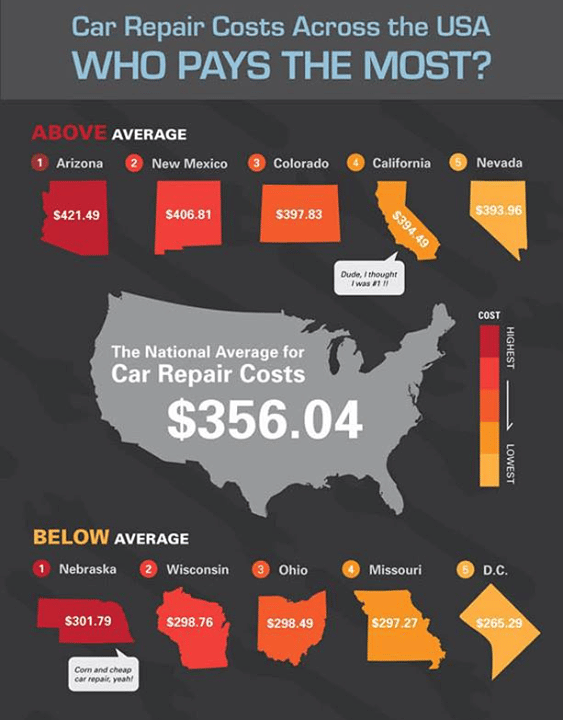Understanding The Significance Behind Your Vehicle'S Caution Lights: An In-Depth Appearance
Understanding The Significance Behind Your Vehicle'S Caution Lights: An In-Depth Appearance
Blog Article
Composed By-Vinson Corbett
When you lag the wheel, those beautiful warning lights on your dashboard can be a little bit puzzling. Do you recognize what they're trying to inform you regarding your car's health and wellness? Recognizing the importance of these lights is crucial for your safety and security and the durability of your lorry. So, the next time one of those lights turns up, would not you intend to analyze its message precisely and take the needed steps to resolve it?
Common Caution Lighting and Interpretations
Determine common warning lights in your auto and comprehend their significances to make sure safe driving.
One of the most common caution lights include the check engine light, which signifies issues with the engine or emissions system. If this light comes on, it's essential to have your lorry inspected immediately.
The oil stress advising light suggests low oil stress, needing immediate attention to stop engine damages.
A blinking battery light may suggest a malfunctioning billing system, potentially leaving you stranded if not attended to.
The tire pressure monitoring system (TPMS) light informs you to low tire pressure, impacting car stability and gas effectiveness. Ignoring this could result in unsafe driving conditions.
The abdominal light suggests an issue with the anti-lock braking system, jeopardizing your ability to quit quickly in emergencies.
Last but not least, the coolant temperature warning light warns of engine overheating, which can result in serious damage if not solved promptly.
Recognizing these typical warning lights will assist you deal with concerns promptly and keep risk-free driving problems.
Significance of Prompt Interest
Comprehending the common warning lights in your auto is just the initial step; the value of quickly addressing these cautions can not be stressed sufficient to ensure your safety when driving.
When a caution light brightens on your control panel, it's your auto's means of interacting a possible issue that requires attention. Overlooking these warnings can lead to extra extreme problems later on, jeopardizing your safety and potentially costing you much more out of commission.
Motivate focus to warning lights can prevent failures and accidents. For example, a flashing check engine light can suggest a misfire that, if left unattended, can create damage to the catalytic converter. Addressing get more info can save you from a pricey fixing.
In a similar way, a brake system advising light may signal low brake fluid or used brake pads, essential components for your safety when driving.
Do It Yourself Troubleshooting Tips
If you notice a caution light on your dashboard, there are a couple of DIY troubleshooting suggestions you can try prior to looking for expert help.
The first step is to consult your vehicle's manual to recognize what the particular caution light suggests. In some cases the issue can be as straightforward as a loosened gas cap triggering the check engine light. Tightening up the gas cap might settle the problem.
Another usual problem is a low battery, which can set off different advising lights. Checking the battery links for corrosion and ensuring they're protected may deal with the problem.
If a caution light continues, you can try resetting it by separating the automobile's battery for a few mins and afterwards reconnecting it. Furthermore, examining your car's liquid degrees, such as oil, coolant, and brake fluid, can aid repair warning lights associated with these systems.
Final thought
Finally, recognizing your auto's warning lights is crucial for maintaining your lorry running smoothly and securely. By quickly addressing these signals and understanding what they indicate, you can avoid expensive repair work and possible malfunctions.
Bear in mind to consult your vehicle's handbook for specific information on each warning light and do something about it appropriately to ensure a hassle-free driving experience.
Keep informed, remain risk-free when driving!
